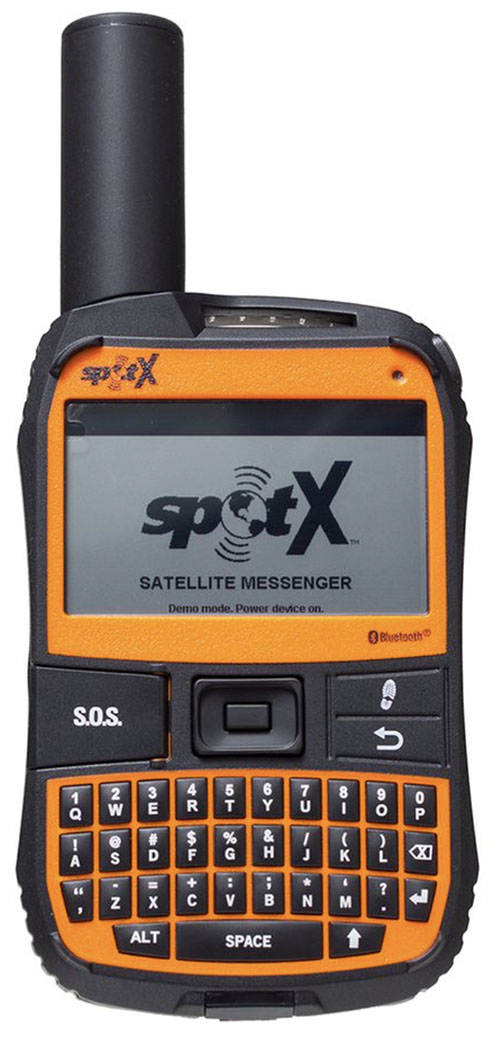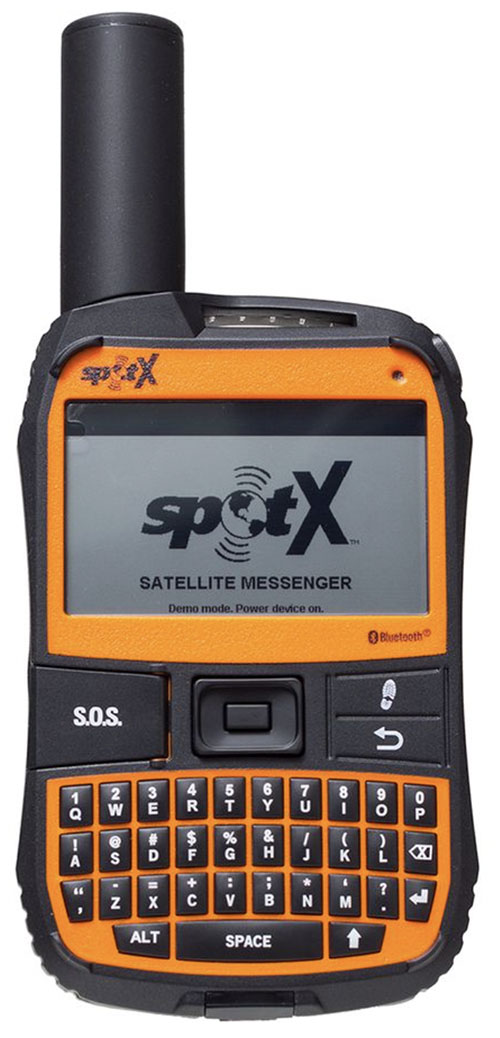No signal? These are the 6 best ways to call for help in the mountains
by Admin
Posted on 31-10-2023 01:17 PM

Just like a 911 call, a distress signal should only be sent when you’re in imminent danger of loss of life or limb, and when no means of self-rescue can get you to safety. As more and more new
people
venture into the outdoors, the problem of groups placing unneeded rescue calls has become a major burden on search and rescue groups. That strains their resources and impacts their ability to respond to true emergencies.
 Many states have passed laws against frivolous rescue calls. So, always prepare properly and pack your ten essentials. That will lessen any temptation to misuse the plb or a satellite messenger you choose to bring for added safety.
Many states have passed laws against frivolous rescue calls. So, always prepare properly and pack your ten essentials. That will lessen any temptation to misuse the plb or a satellite messenger you choose to bring for added safety.
By bruce beckmann, alpine rescue team background adventurers exploring the backcountry should always carry a device capable of sending a satellite message. When an emergency arises and no cellular signal is available, having the ability to send an “sos” or a message via a satellite may save a life, your own or someone else’s. There are now three primary types of devices that use satellites to communicate: 1) personal locator beacon (plb) 2) satellite messaging devices, or just “satellite messenger” 3) satellite capable cellular phones. In brief, a plb sends a one-way sos signal to a satellite that is then ultimately relayed to the local sheriff; there is no two-way communication between the hiker and the sheriff.
5. Personal locator beacons
Whereas personal locator beacons (plbs) can only transmit sos signals (more on this below), a defining feature of all of the satellite messengers here is the ability to communicate more nuanced information. This can be very helpful for getting in touch in non-emergent situations, sending out live tracks or requesting weather forecasts, transmitting updates to sar teams during rescue attempts, and more. These more capable
devices
can be further broken down into two main categories: one-way and two-way messengers. One-way messengers
one-way satellite messengers are the more basic option, epitomized by the spot gen4. These devices have limited functionality, including an sos button and the ability to send a few separate preset messages and your gps coordinates to a list of predetermined phone numbers or email addresses.

To compile this review, we started by carefully selecting the top models of satellite messenger and personal locator beacons. It's usually impossible for us to satisfactorily test every product on the market for a particular category. With plbs and satellite messengers, though, there aren't many options available, and we can test nearly every device. Especially in the two-way satellite messaging device sub-category, we've worked to get every single new option in our hands. The end result is a set of tested products that represent essentially all of the available satellite communication options currently on the market. From there, we purchased and activated these beacons and put them to the test for hundreds of hours, side-by-side, in several distinct situations and locations.
Communication is key. This is a fundamental human truth. For wilderness adventuring, beyond the reach of a modern cell signal, connection is trickier. Many of us go to the wild to escape the tether of modern communications, but we also seek to mitigate the consequences of ill-fortune or poor choices. Some, of course, need more routine contact with the outside world for one reason or another. Enter the array of satellite messengers, personal locator beacons, and other backcountry communication technologies. We are here to guide you through your choices and demystify the options. We will walk you through a step-by-step process of choosing a device suited to your needs and wishes.
Best known for their personal locator beacons (plbs), acr makes a reliable product capable of transitioning from sea to summit without breaking your bank or your ultra-light weight limit. Check out acr’s survivor stories for some inspiring cautionary tales. The bivy stick offers the same features as the garmin inreach mini 2 but with one big difference: there is no integrated screen. This means you can’t use any of the bivy stick’s advanced functions like two-way messaging without a paired smartphone with the acr app installed. You will need to plan accordingly to keep your phone charged through out your trip.
EPIX ™ PRO | FĒNIX ® 7 PRO
We're celebrating our birthday with amazing deals! epix™ pro | fēnix® 7 pro amoled display or solar charging — the choice is yours.